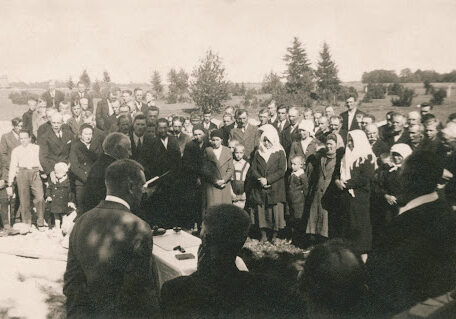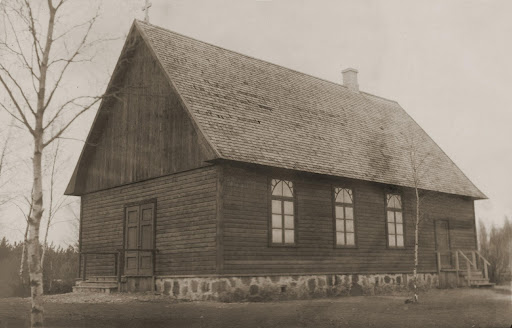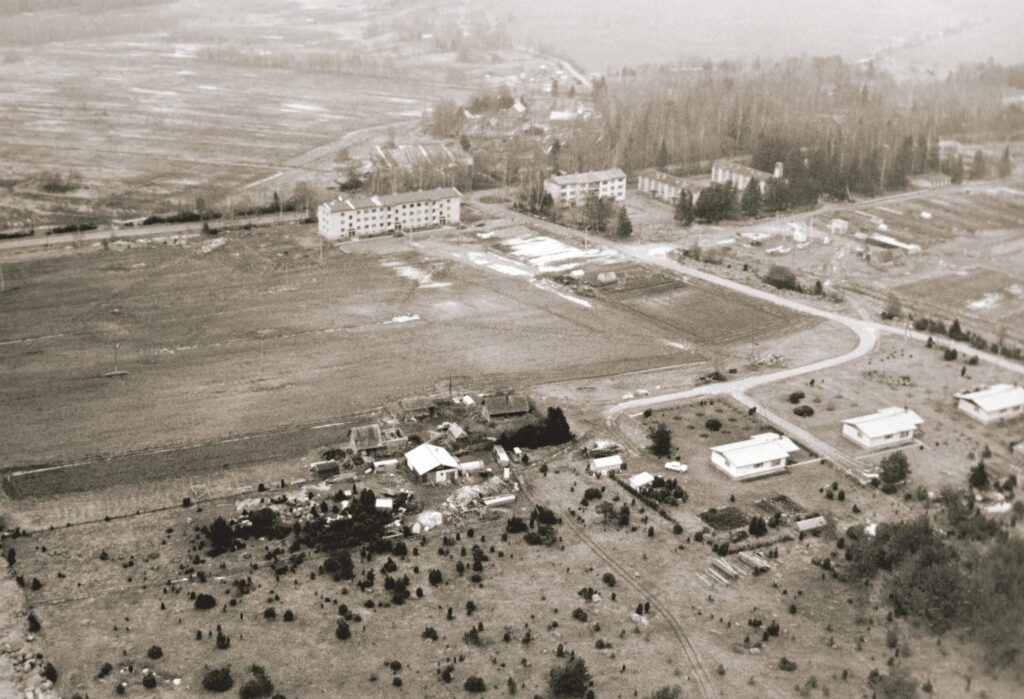Lauka village

Lauka village was named after the manor by the same name. The Lauka Manor was first mentioned in written records already in the 16th century. In 1781, it became the support manor of Kõrgessaare (Hohenholm) Manor. In the local dialect, the word lougas means a bay, which due to the constant rising of the island is now already almost 3 km away. A school was founded in Lauka in 1900. The new two-storey school building was completed in 1938 and its stone extension in 1971. The school buildings along with their outbuildings and the teachers’ dwelling house, which was converted from a military barrack in the 1960s, are still there. The manor house and the communal granary burnt down during World War I. During the interwar period, when Estonia was an independent country, a dairy was built in Lauka on the initiative of the Farmers’ Society of Northern Hiiumaa; and the branch store of the consumers’ cooperative was opened. In 1930, the Baptist prayer house got a roof over its head. In 1945, the name Lauka was also given to the local village council. On 19th April 1949, the collective farm “Välja” was formed of the 19 farms of Lauka and Napi villages. Later, the centre of the Kõrgessaare joint collective farm, which had been formed of the small collective farms of the region, was situated in Lauka. Barns, workshops, a power plant, a grain dryer, the dwelling houses of the collective farm workers, a canteen, and a kindergarten were built. Since Estonia regained its independence (in 1991), many of those buildings have become private properties, have been torn down, or their purpose has changed. The Society of the Villages of North-Western Hiiumaa, which organises the Midsummer bonfires, village days, and communal work days in the region, has settled in the former kindergarten building. The main employers of the village are the basic school, the sawmill, and a small enterprise specialising in woodwork.
Gallery
It is a waypoint on the journey
You might also be interested in:



